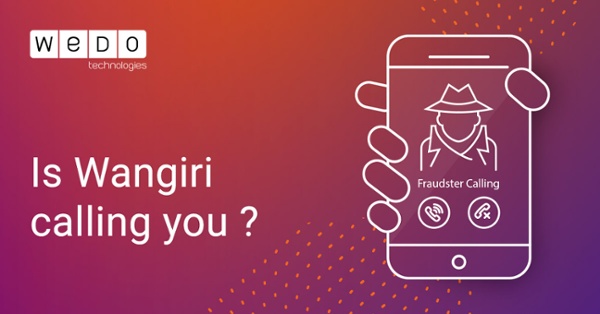According to the Communications Fraud Control Association (CFCA), operators lost $3.8 billion to revenue share fraud last year alone. Unfortunately though, we all know that the true cost is far higher. All you need to do is think of all the other types of fraud, committed to driving traffic to premium rate numbers: subscription fraud, identity theft, PBX hacking, call hijacking, mobile phone malware.
Nevertheless, even those familiar with International Revenue Share Fraud (IRSF) often miss the full scope of how it actually works and how operators around the globe are handling this issue, since the circumstances of when it happens can be very puzzling.
Although some countries are known for their risk of fraudulent premium rate service (PRS) numbers, if we Google search for international premium numbers, you’ll be astonished just by how many international number aggregators promote their business and, in all honestly, it’s quite an easy business to get into. They make it plain and simple: just sign a form and fill in a registration page, detailing how much they will pay you for generating traffic to their numbers.
What most people don’t know is that, most of the time, the phone numbers may be hijacked ranges - the main purpose being to get companies and individuals willing to drive or inflate traffic into those phone numbers.
It’s fairly safe to say that fraudsters are living and operating all around the world, most of the time in a very organized way. Proving this, is the most recent way in which IRSF occurs, where fraudsters hijack premium rate numbers in high risk countries and camouflage them in countries where the international code is seen as more legitimate.
Telecom operators' fraud teams are monitoring fraud calling destinations and, as fraud numbers become known, they block these numbers. Regrettably though, these exact numbers change on a very regular basis, making it extremely hard to keep track.
IRSF is a huge problem and the industry still finds it very difficult to control and manage. Unless countries start working on applying local legislation, this problem will persist.
The way I see it, operators shouldn’t have to pay when they find out that any portion of the call is going straight into fraudsters hands. However, it is extremely difficult to identify the legitimate carriers involved in each call - the complexity surrounding call routing makes it near impossible to only select and pay these same legit carriers.
Meanwhile, the internet and the use of tools that harvest all the unstructured data, now offer telecom operators the chance to use the subjective information of any individual or corporation, and enhance their ability in predicting fraud, through cloud based tools. I believe this is the future of coping with the ever changing IRSF landscape.




Let Us Know What You Thought about this Post.
Put your Comment Below.